THIS IS NOT A DRILL BY JEFFERSON PINDER
CULTURALDC alumni artist presented a limited-run engagement of a performance art piece exploring racial injustices in America to the historic U St and 14th St Corridors
In the late summer and early fall of 1919, violence and uprising erupted across the United States. Hundreds of Black lives were lost in the midst of a transitory period of unrest and hostility that was named The Red Summer. This summer, Pinder is embarking on a classic American journey: a road trip to visit major sites of The Red Summer.
In July 1919, after rumors spread of a Black man sexually violating a white woman, white military officers incited four days of mob violence against Black individuals and businesses in Washington, DC. Police refused to intervene, spurring Black individuals to defend themselves. Over 150 people were injured, and at least 15 people died.
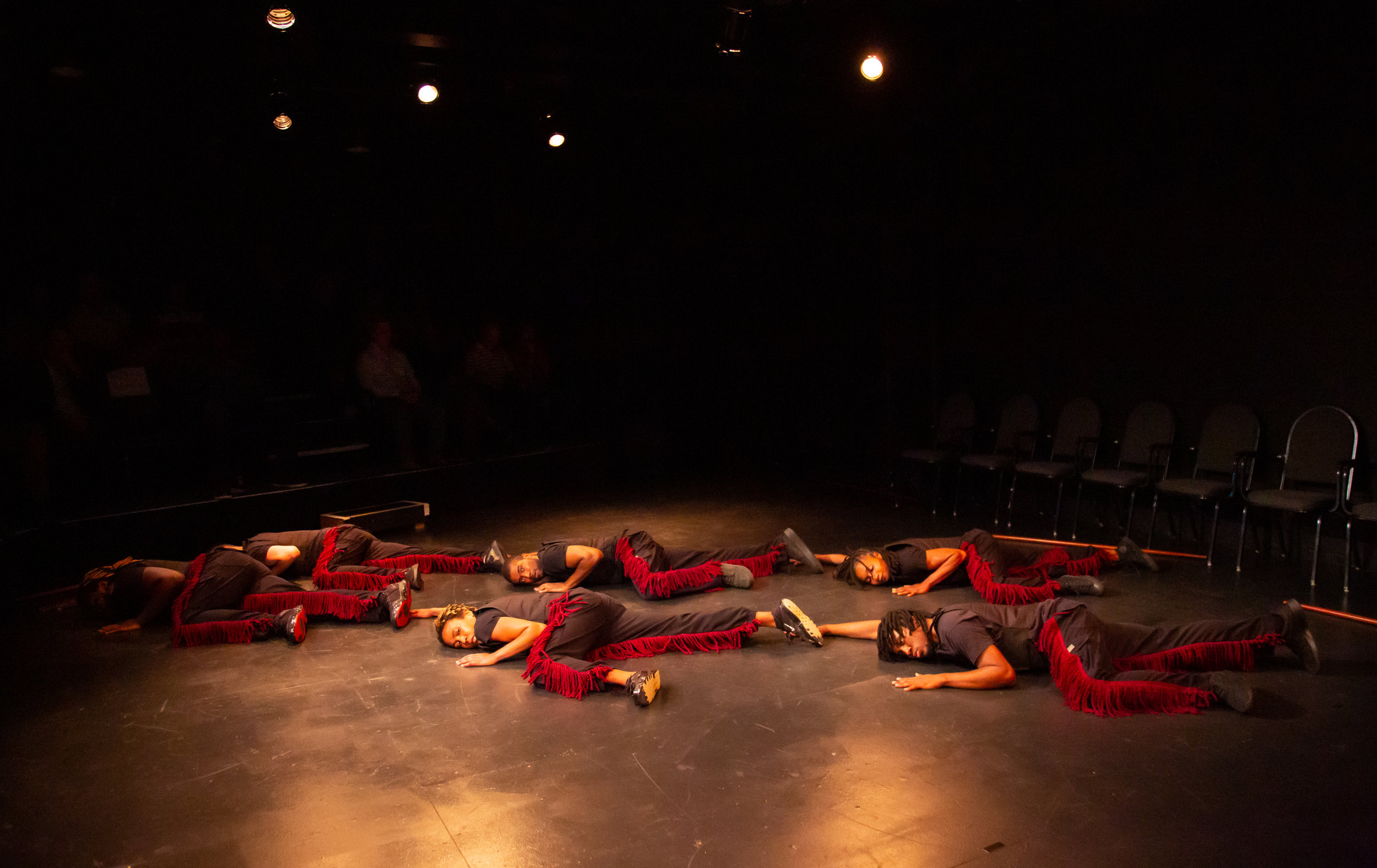
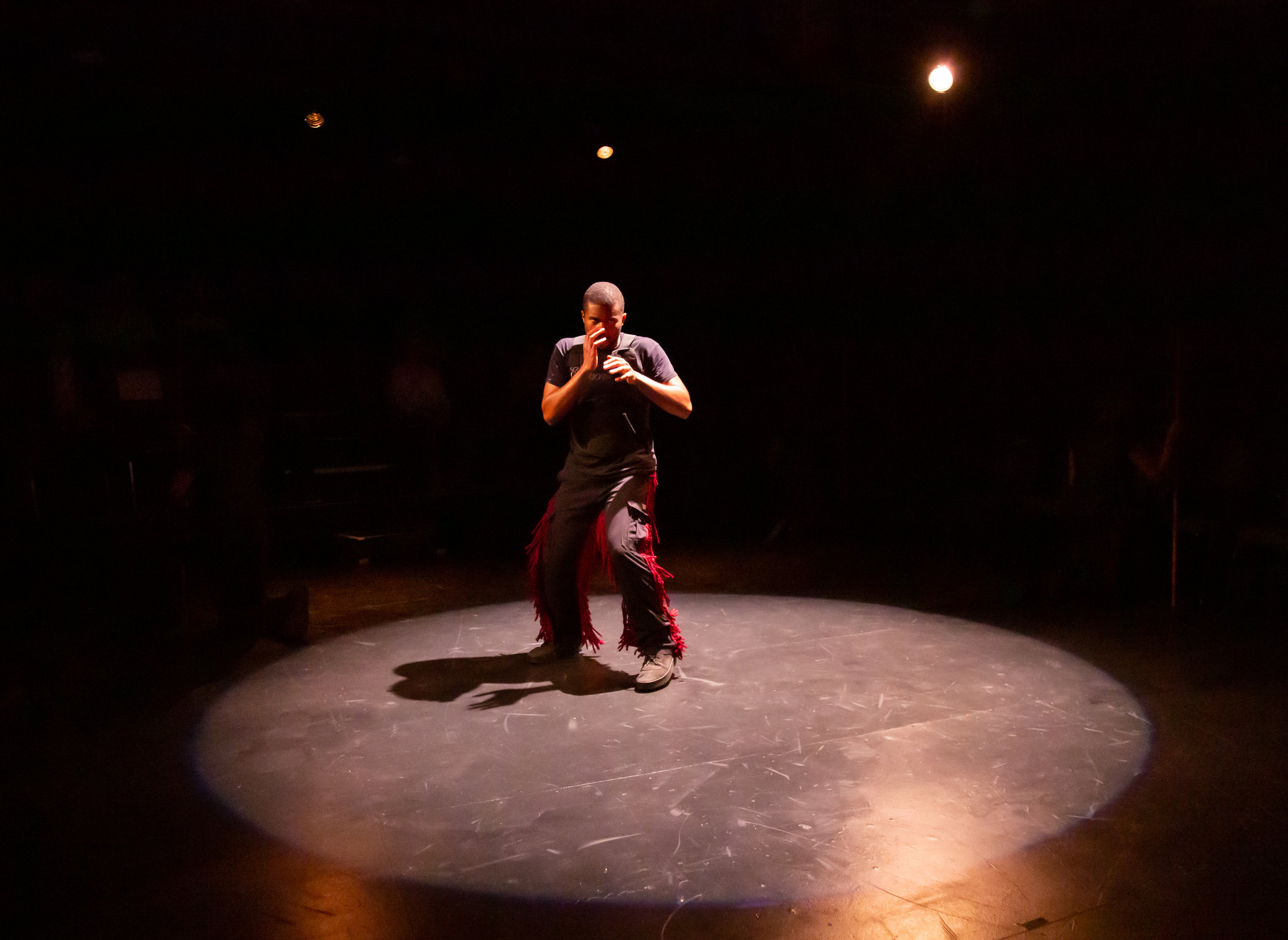
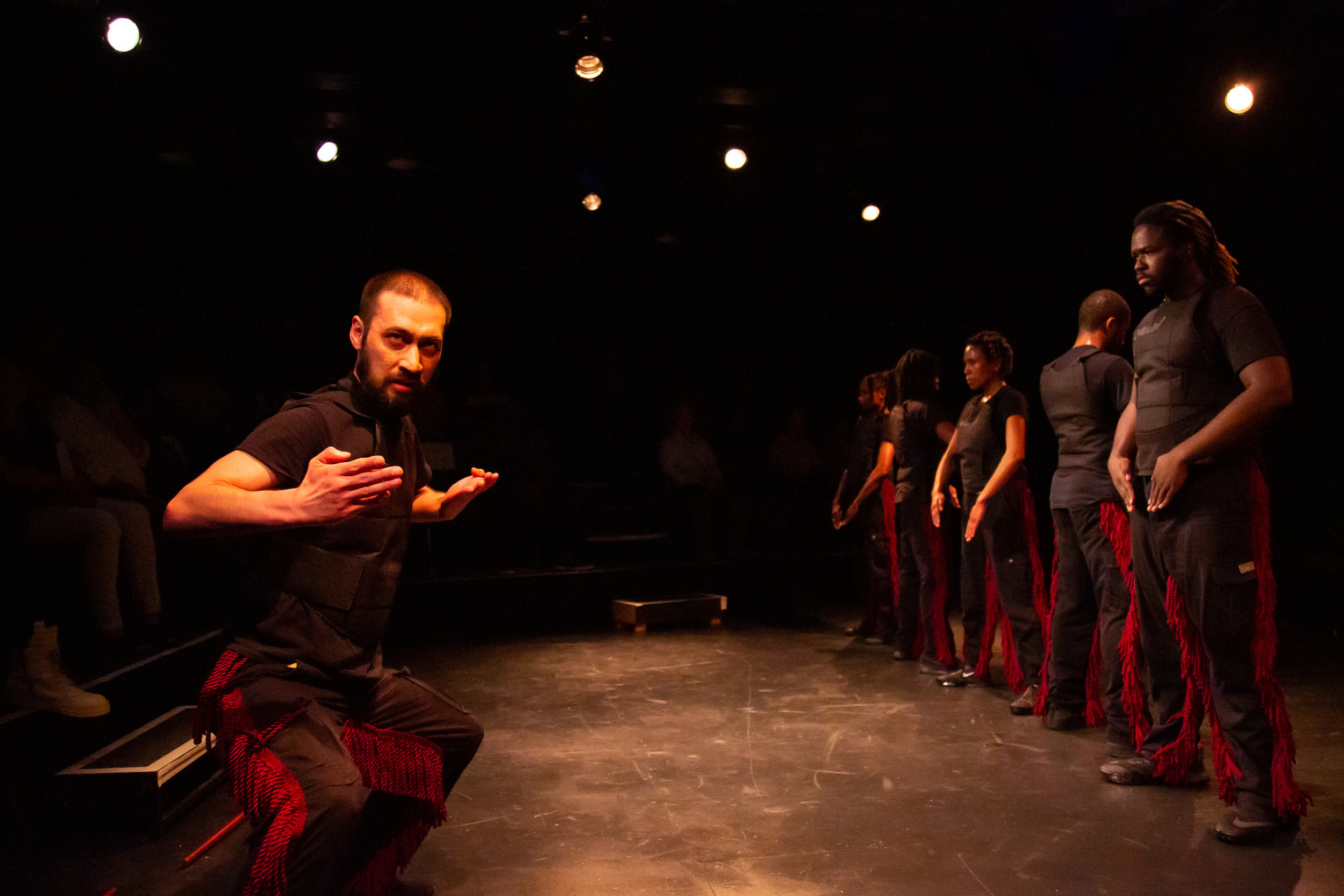
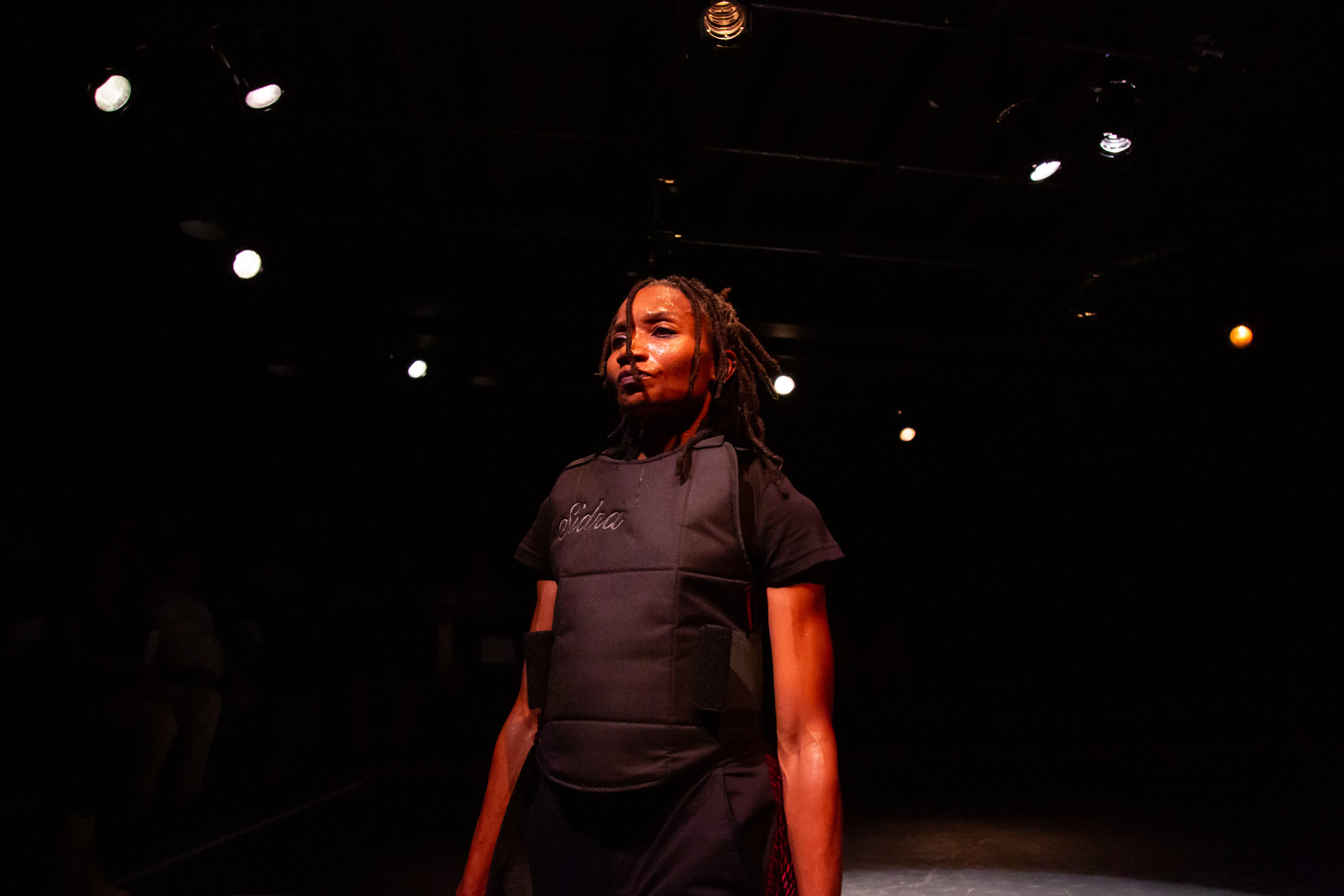
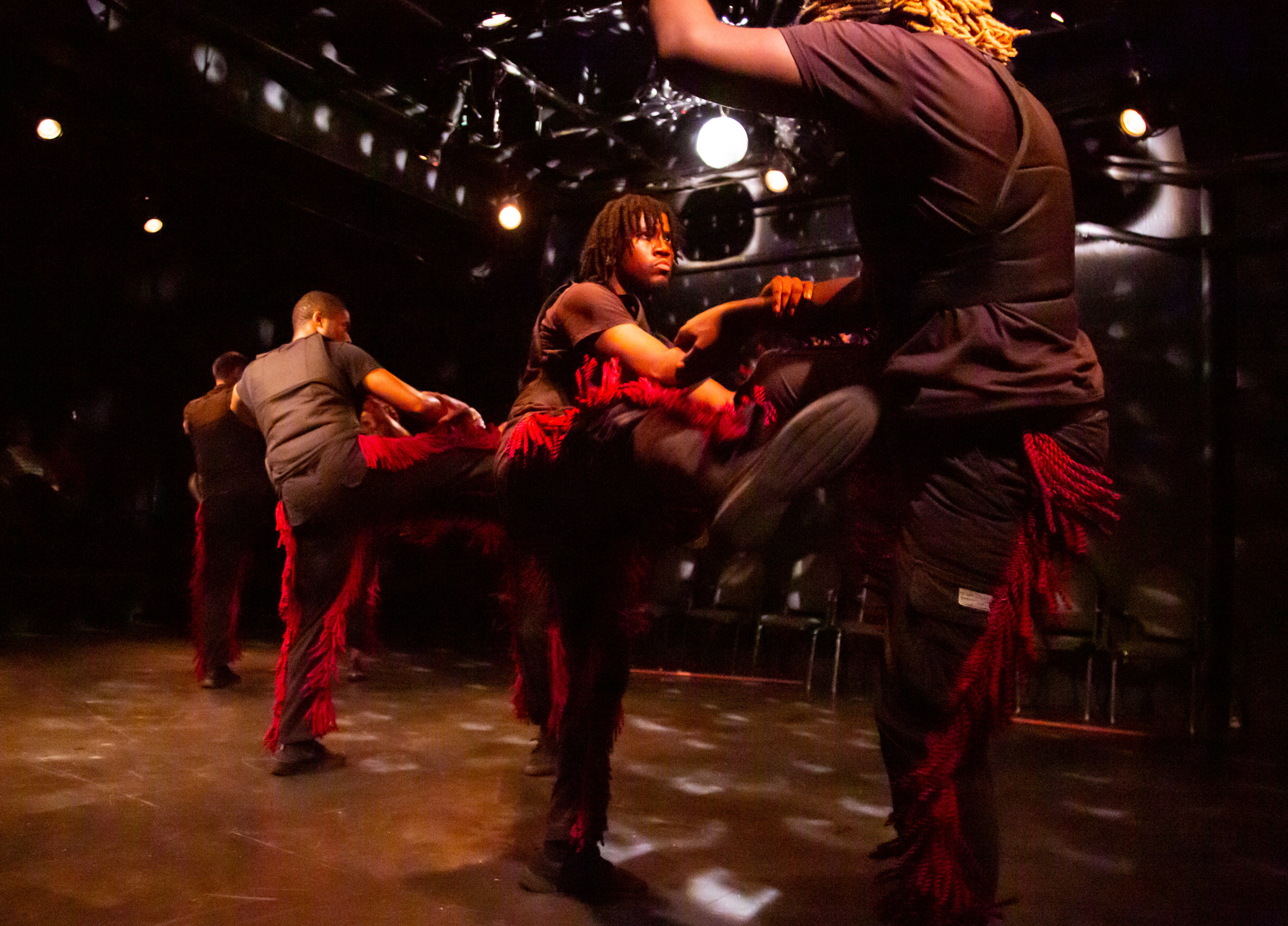
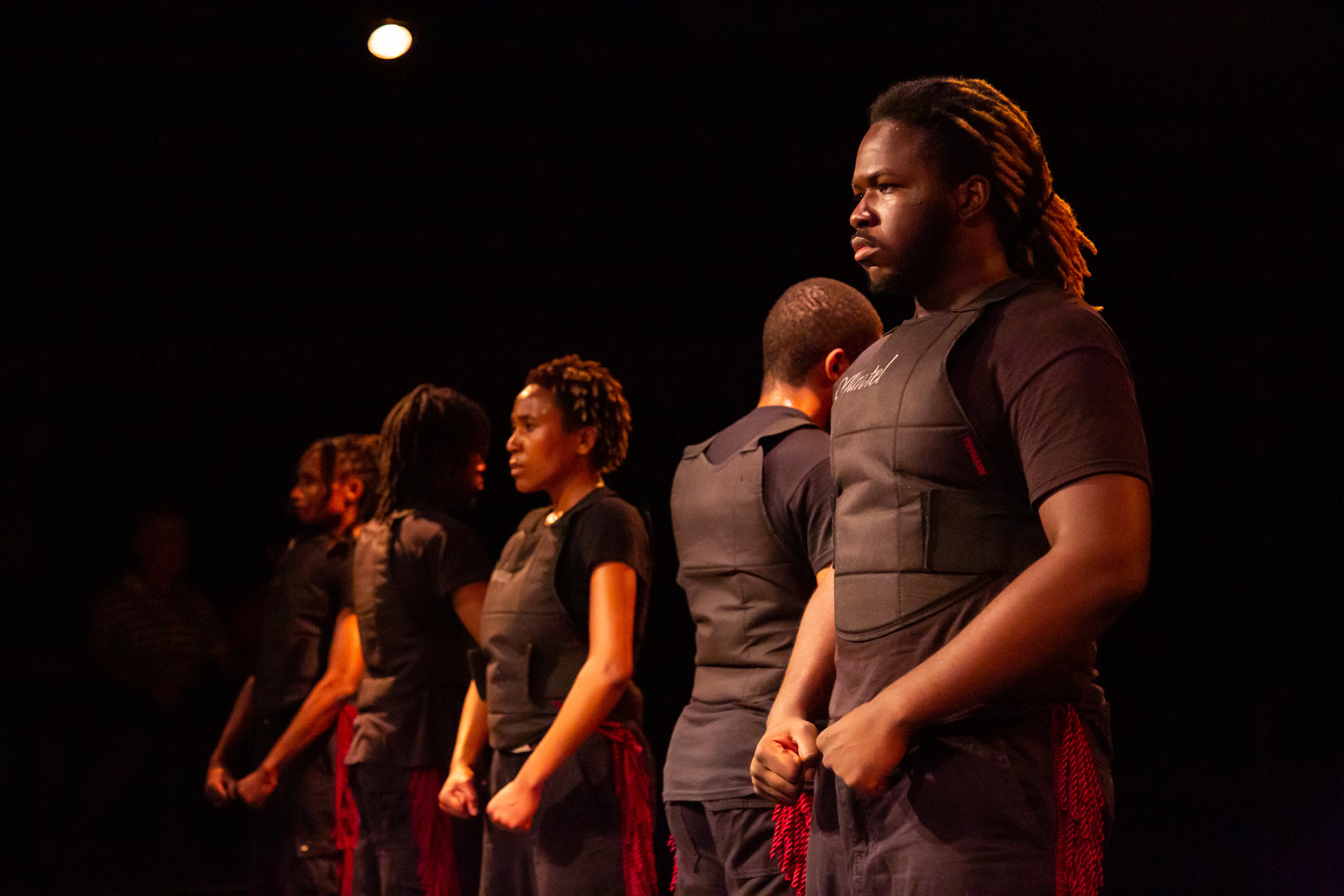

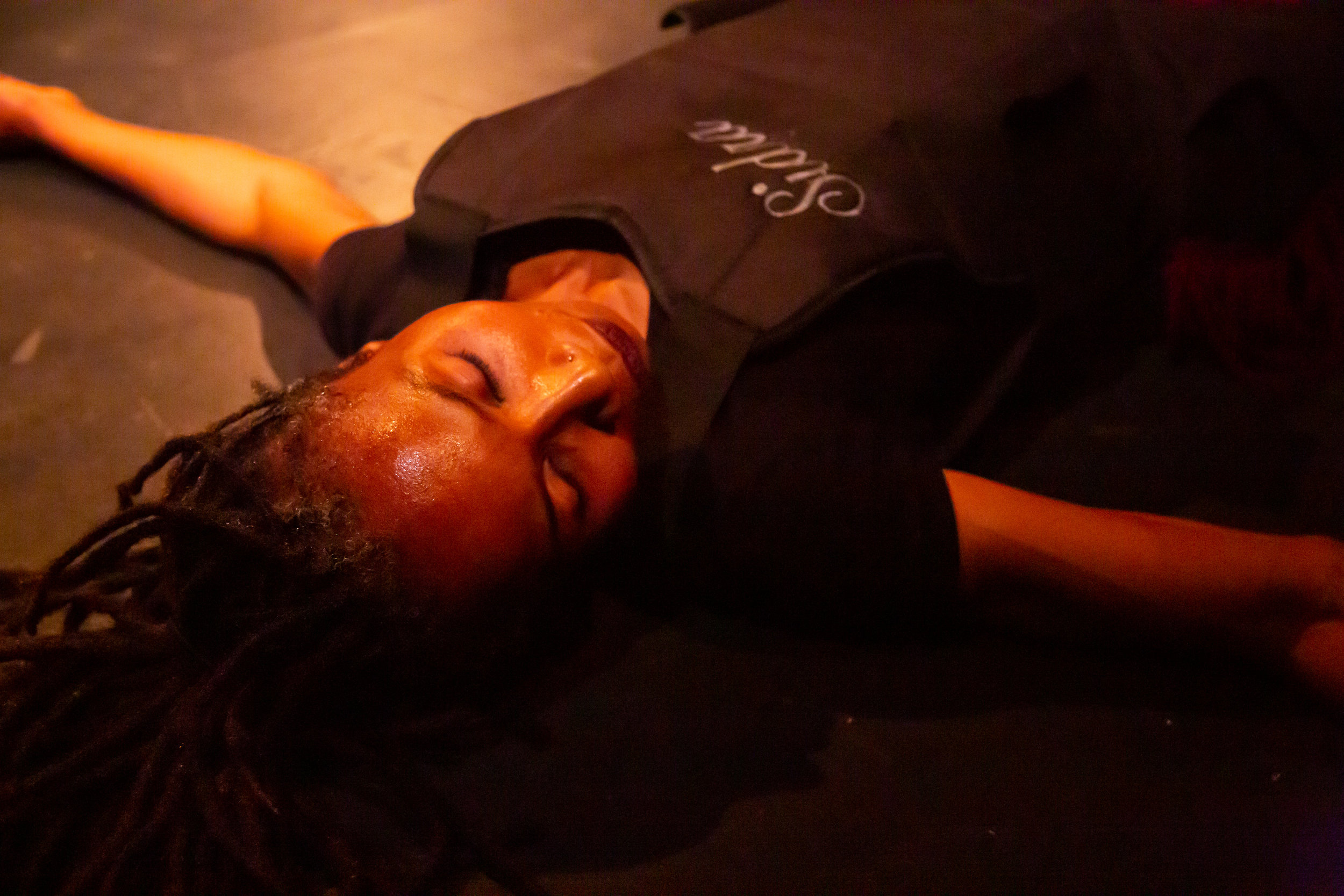
Ryan Maxwell Photography
Over a two-month period, Pinder will explore other sites of riot across the South and Midwest – Birmingham, AL; New Orleans, LA; Houston, TX; Chicago, IL – by car to provoke conversations about racial injustices that occurred a hundred years ago and still make up the fiber of Black experiences nationwide.
“My work draws inspiration from The Freedom Riders, who offered an interventionist model. By pushing the boundaries of what was acceptable, they used their physicality to elicit interaction. Through movement, they embodied change,” says Pinder.
Preparing to engage with the demons of past and present day, Jefferson Pinder and performers probe into close-order drill, shooter drills, boxing, and Bo staff training to delve into communal strength. Considering training techniques inspired by the Student Non-violent Coordinating Committee, The Black Panther Party, and Marine Corps hand-drill training, the performance crew finds unity through ritualized physical routines.
“As the nation marks a full century since the red summer, we are in a new era of unrest.” - Jefferson Pinder
Orlando Pinder Photography
Jefferson Pinder is an artist whose work provides evocative commentary on race and forms of struggle. He aims to investigate aspects of personal identity through the materials of neon, found objects, performance, and video. From uncanny video portraits using popular music to durational works that put the Black body in motion, his practice offers an exploration of the physical conditions that reveal emotional responses. Pinder’s work provides space for observers to directly confront the contemporary, material consequences of racial oppression in the United States.
Over the past two decades, Pinder’s work has been featured across the country and globe in group and solo exhibitions at a number of institutions, including: The Studio Museum in Harlem; the Wadsworth Atheneum Museum of Art in Hartford, Connecticut; Showroom Mama in Rotterdam, Netherlands; The Phillips Collection; and the National Portrait Gallery in Washington, D.C. His work was featured in the 2016 Shanghai Biennale and is part of the permanent collection at the new Smithsonian Museum of African American History and Culture. He was awarded a United States Artist’s Joyce Fellowship in the field of performance in 2016 as well as the Moving Image Acquisition Award and the John S. Guggenheim Fellowship in 2017.


